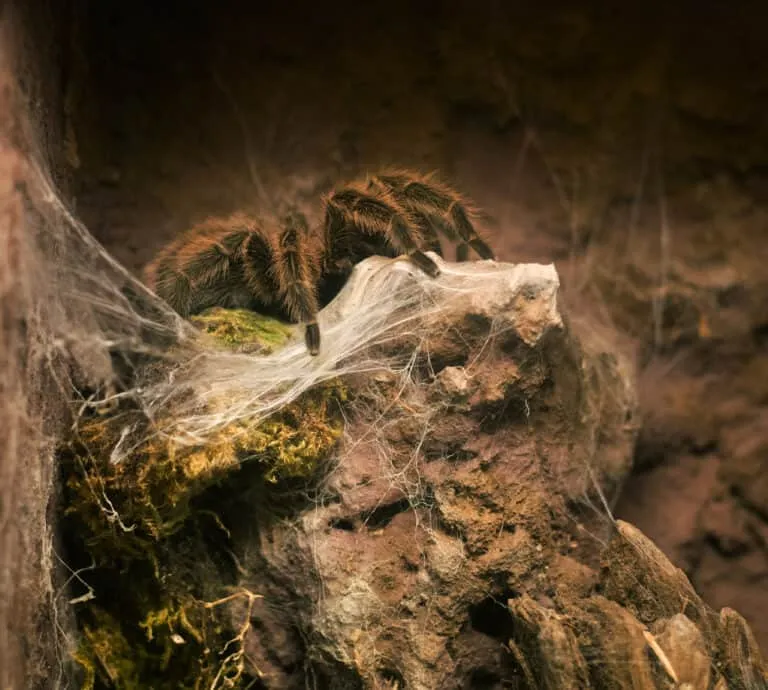Introduction
The world of tarantulas is a fascinating one, filled with a diverse array of species, each possessing unique characteristics and captivating beauty. For those interested in these eight-legged creatures, understanding the different types of rose tarantulas is a great starting point. This guide will explore the top 5 most popular and commonly kept rose tarantula types, offering insights into their appearance, care, and what makes them unique. Whether you’re a seasoned arachnid enthusiast or a curious beginner, this article will provide valuable information to help you appreciate these incredible creatures. From the docile Chilean Rose to the vibrant Mexican Red Knee, prepare to discover the remarkable world of rose tarantulas.
The Chilean Rose Tarantula (Grammostola rosea)
The Chilean Rose Tarantula, scientifically known as Grammostola rosea, is perhaps the most well-known and popular tarantula species, especially for beginners. Their widespread popularity stems from their docile temperament and relatively easy care requirements. They are generally slow-moving and less prone to biting or exhibiting defensive behaviors compared to other species. This makes them an excellent choice for those new to tarantula ownership. These tarantulas are native to the arid regions of Chile, Argentina and Bolivia.
Appearance and Characteristics
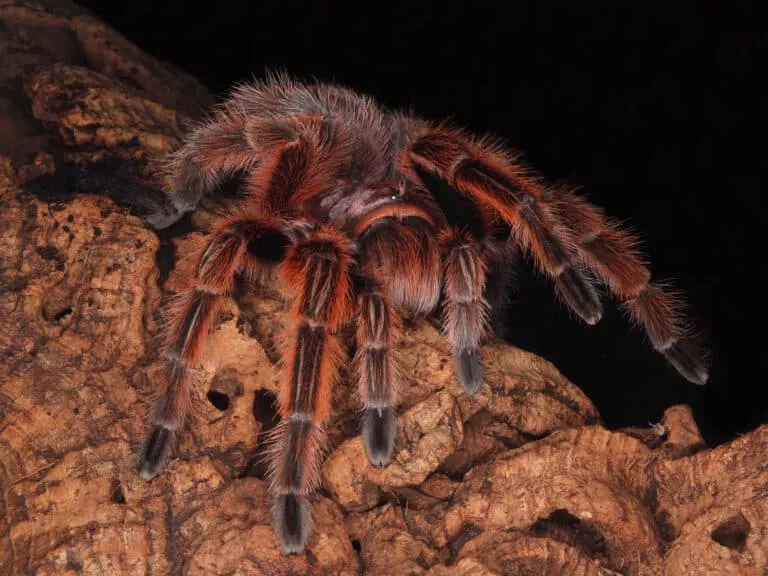
Chilean Rose Tarantulas are known for their beautiful coloration. They typically have a base color ranging from brown to reddish-brown, often with a pinkish hue on their legs and carapace, hence the name ‘rose’. Their bodies are covered in fine hairs, which give them a soft, velvety appearance. Adults can grow to be around 5-6 inches in leg span. They possess urticating hairs on their abdomen, which they can flick off as a defense mechanism when feeling threatened, potentially causing skin irritation if they come into contact.
Habitat and Care
Caring for a Chilean Rose Tarantula is relatively straightforward. They thrive in a terrestrial setup, meaning they prefer to live on the ground. A 5-10 gallon terrarium is suitable for adults, providing ample space for them to move around. The enclosure should be filled with a substrate of coconut fiber or peat moss to a depth of a few inches, allowing them to burrow if they choose. They require a shallow water dish for hydration and should be kept at a temperature between 70-80°F (21-27°C). Feeding typically consists of crickets, roaches, or other insects, offered once or twice a week depending on the tarantula’s size and appetite. Regular maintenance includes spot cleaning the enclosure and ensuring the water dish is always full.
The Brazilian Red Tarantula (Nhandu chromatus)
The Brazilian Red Tarantula (Nhandu chromatus) is another popular choice among tarantula keepers, known for its striking appearance and relatively easy care. While they may exhibit a slightly more defensive behavior than Chilean Roses, their vibrant coloration and manageable size make them a desirable species. Native to the grasslands and forests of Brazil, these tarantulas offer a captivating addition to any collection.
Appearance and Characteristics
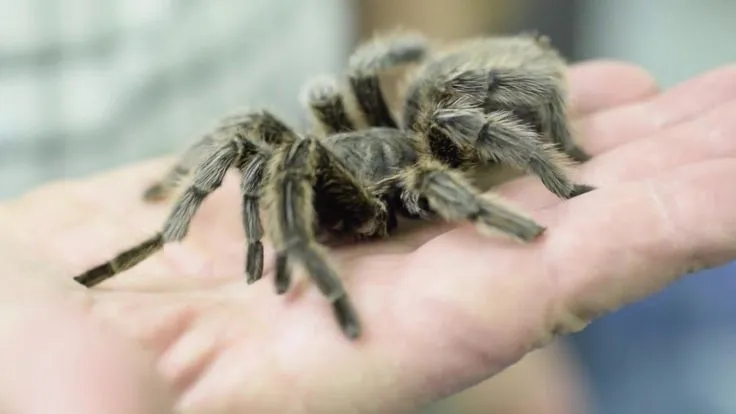
The Brazilian Red Tarantula boasts a stunning appearance. They typically have a dark brown or black body, contrasted by reddish-orange hairs on their legs and abdomen. This vibrant coloration becomes more pronounced as they mature. Adults can reach a leg span of up to 6-7 inches. Like other tarantulas, they possess urticating hairs that they use as a defense mechanism. They have a robust build and a distinctive look that adds to their appeal among enthusiasts. Their overall look provides a striking contrast that makes them a visual standout.
Habitat and Care
Caring for a Brazilian Red Tarantula involves creating a suitable habitat. A 10-20 gallon terrarium is generally recommended for adults, providing enough space for them to move and explore. The substrate should be a mix of peat moss, coconut fiber, or a similar material, providing a comfortable base for burrowing. Maintaining a temperature between 70-80°F (21-27°C) and a humidity level of around 60-70% is essential for their well-being. Providing a shallow water dish for hydration is also important. Feeding them a varied diet of crickets, roaches, and other insects once or twice a week, depending on their size and feeding habits, is recommended. Regular maintenance and careful observation are key to ensuring your Brazilian Red Tarantula thrives.
The Mexican Red Knee Tarantula (Brachypelma hamorii)
The Mexican Red Knee Tarantula (Brachypelma hamorii) is a highly sought-after species known for its striking colors and relatively docile temperament. Native to the Pacific coast of Mexico, these tarantulas are popular among both novice and experienced keepers. Their iconic appearance and manageable care requirements make them an excellent choice for those interested in tarantula ownership. They are known for their calm demeanor and striking appearance, making them a favorite among hobbyists.
Appearance and Characteristics
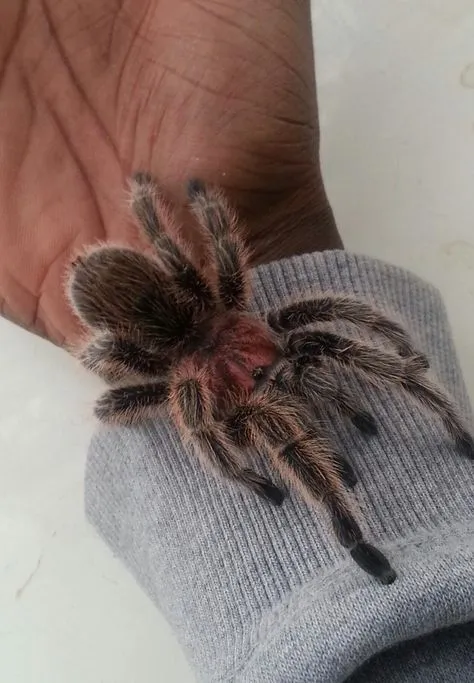
The Mexican Red Knee Tarantula is easily recognized by its distinctive coloration. They have a black body with vibrant red-orange markings on their leg joints, giving them the ‘red knee’ appearance. This combination of black and red makes them visually appealing. Adults typically reach a leg span of 5-6 inches. Like other tarantulas, they have urticating hairs as a defense mechanism. Their striking colors make them a standout in any collection, and they are often admired for their beautiful patterns and gentle disposition.
Habitat and Care
Caring for a Mexican Red Knee Tarantula is relatively straightforward. A 5-10 gallon terrarium is suitable for adults. The enclosure should be filled with a substrate of coconut fiber or peat moss, allowing them to burrow. Maintaining a temperature between 70-80°F (21-27°C) and a humidity level of around 60-70% is ideal. A shallow water dish should always be available for drinking. Feeding them a diet of crickets, roaches, and other insects once or twice a week, depending on their size and appetite, is sufficient. Handling should be kept to a minimum, as they are more prone to flicking urticating hairs when feeling threatened. Regular maintenance and proper attention will help ensure your Red Knee thrives.
The Pinktoe Tarantula (Avicularia avicularia)
The Pinktoe Tarantula (Avicularia avicularia) is an arboreal species, meaning it prefers to live in trees and other elevated environments. Known for its unique pink toe pads, this tarantula offers a different experience than terrestrial species. Native to the rainforests of South America and the Caribbean, they are a beautiful addition to any collection, although their care requirements differ slightly from ground-dwelling species.
Appearance and Characteristics
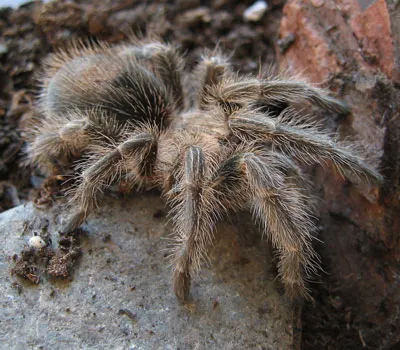
The Pinktoe Tarantula has a distinctive appearance that sets it apart. They have a dark body, often black or dark brown, and, as their name suggests, pink toe pads. Their abdomen is usually covered in long, iridescent hairs that give them a fuzzy look. They can grow to a leg span of around 4-5 inches. They are known for their arboreal lifestyle, spending much of their time in trees and vertical spaces. The Pinktoe’s unique characteristics make it a fascinating species to observe.
Habitat and Care
Caring for a Pinktoe Tarantula requires an arboreal setup. A tall, well-ventilated enclosure is essential. A 10-20 gallon terrarium, oriented vertically, is suitable for adults. The enclosure should be decorated with branches, cork bark, and other climbing structures to mimic their natural habitat. The substrate should be a thin layer of coconut fiber or peat moss. They need a higher humidity level, around 70-80%, which can be achieved through regular misting. Maintaining a temperature between 75-80°F (24-27°C) is ideal. Feeding them crickets, roaches, or other insects once or twice a week, depending on their size and appetite, is recommended. Providing plenty of vertical space and ensuring good ventilation are crucial for their well-being.
The Curly Hair Tarantula (Tliltocatl albopilosus)
The Curly Hair Tarantula (Tliltocatl albopilosus) is a hardy and popular species known for its distinctive curly hairs. Originating from the dry forests of Central America, particularly Costa Rica, they are a resilient species that can tolerate a wider range of conditions, making them an excellent choice for beginner tarantula keepers. Their unique appearance and relatively docile nature add to their appeal.
Appearance and Characteristics
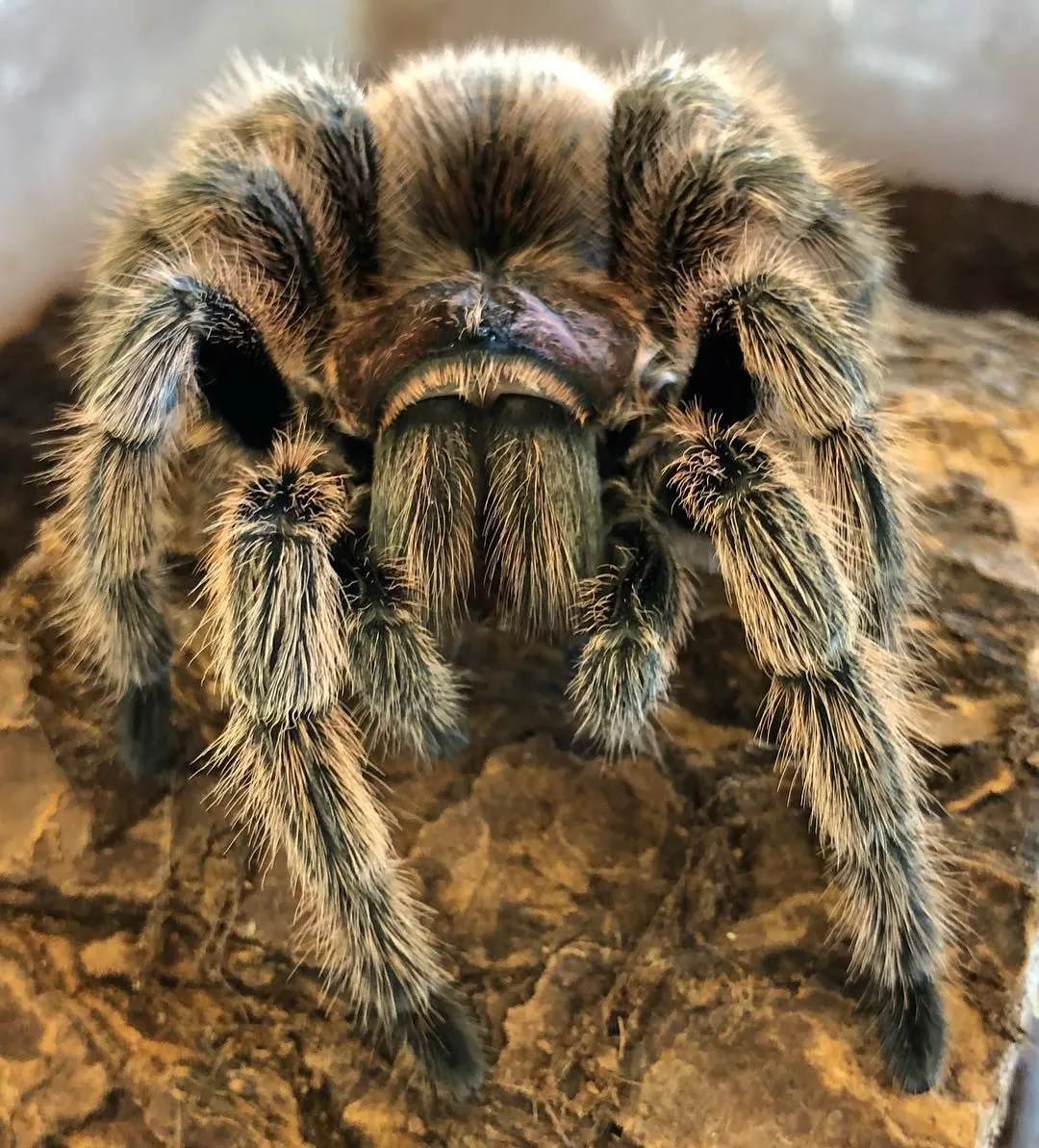
The Curly Hair Tarantula is easily recognizable by its curly hairs, which cover their body and give them a unique texture. They typically have a brown or bronze coloration with lighter-colored hairs, creating a visually appealing effect. Adults can grow to a leg span of 5-6 inches. These tarantulas are known for being relatively calm and are less likely to bite. Their distinctive appearance and friendly temperament make them an attractive option for tarantula enthusiasts.
Habitat and Care
Caring for a Curly Hair Tarantula is straightforward. A 5-10 gallon terrarium is suitable for adults. The enclosure should be filled with a substrate of coconut fiber or peat moss, providing a good base for burrowing. Maintaining a temperature between 70-80°F (21-27°C) and a humidity level of around 60-70% is ideal. A shallow water dish should be available for drinking. Feeding them crickets, roaches, or other insects once or twice a week, depending on their size and appetite, is recommended. They are known for their hardiness and adaptability, making them a great choice for beginners. Regular maintenance ensures that your Curly Hair Tarantula thrives in a comfortable environment.
Conclusion
Rose tarantulas offer a fascinating and diverse array of species to explore. From the docile Chilean Rose to the striking Mexican Red Knee, each type has its own unique charm and care requirements. Understanding these differences is key to providing the best possible care for these amazing creatures. Whether you’re a seasoned enthusiast or new to the world of tarantulas, this guide provides a valuable overview of the most popular rose tarantula types. By considering their individual needs, you can ensure that these beautiful spiders thrive in your care. Remember to always research specific species thoroughly before acquiring a tarantula, and enjoy the rewarding experience of keeping these captivating creatures.
